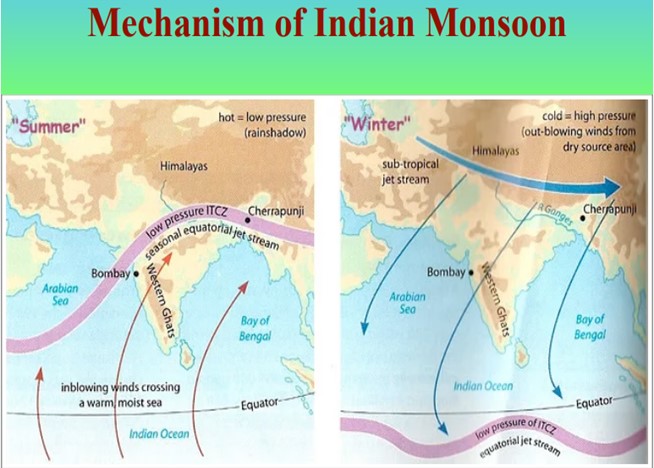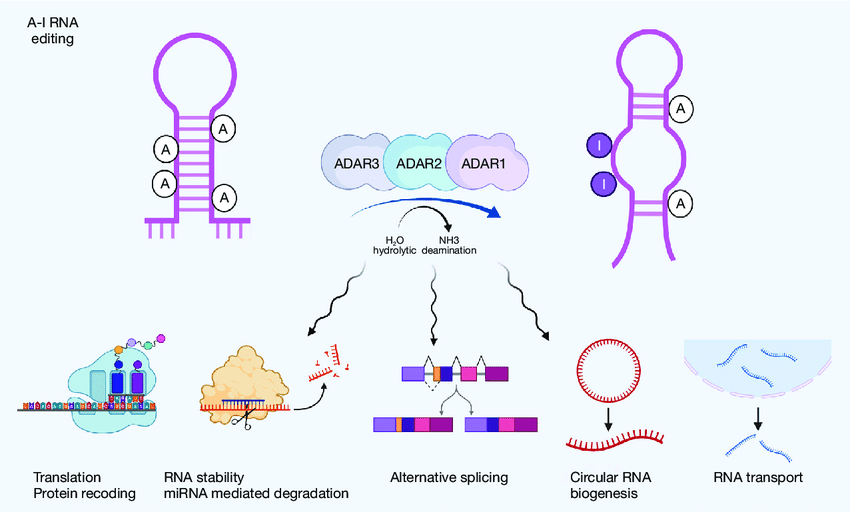- Courses
- GS Full Course 1 Year
- GS Full Course 2 Year
- GS Full Course 3 Year
- GS Full Course Till Selection
- Online Program
- GS Recorded Course
- NCERT (Recorded 500+ Hours)
- Polity Recorded Course
- Geography Recorded Course
- Economy Recorded Course
- AMAC Recorded Course
- Modern India, Post Independence & World History
- Environment Recoded Course
- Governance Recoded Course
- Science & Tech. Recoded Course
- International Relations and Internal Security Recorded Course
- Disaster Management Module Course
- Ethics Recoded Course
- Essay Recoded Course
- Current Affairs Recoded Course
- CSAT
- 5 LAYERED ARJUNA Mentorship
- Public Administration Optional
- ABOUT US
- OUR TOPPERS
- TEST SERIES
- FREE STUDY MATERIAL
- VIDEOS
- CONTACT US
Finally, the Monsoon arrived over the Kerala coast
Finally, the Monsoon arrived over the Kerala coast


Latest Context:
On 8th June, the monsoon arrived over the Kerala coast, which is a delay compared to its normal onset date of around 1st June.
So, What is Monsoon?
- Basically, the monsoon is the seasonal reversal of winds.
So, What are the factors that influence the South-West Monsoon or Indian Monsoon?
- Differential Heating: The differential heating and cooling of land and water creates a low-pressure zone on the landmass of India, while the seas around have a comparatively high pressure.
- Shift in ITCZ: Another factor that influence is the shift of the position of Inter Tropical Convergence Zone (ITCZ) in summer, over the Ganga plain (this is the equatorial trough normally positioned about 5°N of the equator. It is also known as the monsoon-trough during the monsoon season.
- High Pressure Area near Madagascar: The presence of the high-pressure area to the east of Madagascar, approximately at 20°S over the Indian Ocean. The intensity and position of this high-pressure area affect the Indian Monsoon.
- Heating of Tibetan Plateau: The Tibetan plateau gets intensely heated during summer, which results in strong vertical air currents and the formation of low pressure over the plateau at about 9 km above the sea level.
- Westerly Jet Streams: The movement of the westerly jet stream to the north of the Himalayas and the presence of the tropical easterly jet stream over the Indian peninsula during the summer.
-
Influence of Southern Oscillation (SO):
a) Basically, it’s a shift in wind and sea surface temperature between the tropical eastern Pacific Ocean and the Indian Ocean. It is commonly referred to as the phenomenon of shifting air pressure.
b) La Nina is the cooling phase, and El Nino is the warming phase and La Nina generally impacts positively on Indian Monsoon.
-
Indian Ocean Dipole (IOD):
a) It’s the difference between the temperature of eastern (Bay of Bengal) and the western Indian Ocean (Arabian Sea).
b) A positive IOD brings more rainfall in India, while negative IOD impacts negatively.
What is the Onset of Monsoon?
- The onset of the monsoon over the Kerala coast signifies the start of the 4- month southwest monsoon season, which accounts for over 70% of India's total annual rainfall.
- Against the common assumptions, the onset does not refer to the first rain of the season but rather based on some technical criteria’s set by the India Meteorological Department (IMD).
- IMD determines the monsoon onset based on significant transitions in atmospheric and ocean circulations in the Indo-Pacific region.
- The declaration of onset relies on specific parameters related to rainfall consistency, intensity, and wind speed.
- Generally, the onset is declared when at least 60% of 14 designated meteorological stations in Kerala and Lakshadweep record at least 2.5 mm of rain for 2 consecutive days after May 10. The onset is declared on the second day if specific wind and temperature criteria are met.
- The depth of westerlies within the equator to 10ºN latitude and the 55ºE to 80ºE longitude range should extend up to 600 hectopascal (hPa).
- The zonal wind speed between 5-10ºN latitude and 70-80ºE longitude should be around 15-20 knots (28-37 kph) at 925 hPa.
What can be the impact of the delayed Monsoon?
- Harmful for Agriculture: Delayed monsoon can affect the agricultural activities, particularly sowing of the crops. Farmers heavily rely on monsoon rains for irrigation and crop growth. A delay in rainfall can lead to a postponement of sowing, affecting crop yields and agricultural productivity.
- Water Scarcity: Delayed monsoon can result in water scarcity, especially in regions dependent on rainfall for replenishing water reservoirs, rivers, and lakes.
- Can Impact Hydropower Generation: Delayed monsoon can impact hydropower generation, which relies on high water availability.
- Can Impact Vegetation: It can also affect the growth and distribution of vegetation, delay the migration of certain species, and disrupt ecological cycles.
- Harmful for Land: Delayed monsoon can also contribute to soil erosion, land degradation, and reduced biodiversity in affected regions.

Prelims;
Q. With reference to ‘Indian Ocean Dipole (IOD)’ sometimes mentioned in the news while forecasting Indian monsoon, which of the following statements is/are correct? (2017)
1. IOD phenomenon is characterised by a difference in sea surface temperature between tropical Western Indian Ocean and tropical Eastern Pacific Ocean.
2. An IOD phenomenon can influence an El Nino’s impact on the monsoon.
Select the correct answer using the code given below:
(a) 1 only
(b) 2 only
(c) Both 1 and 2
(d) Neither 1 nor 2
Ans: (b)
Mains:
Question: How far do you agree that the behaviour of the Indian monsoon has been changing due to humanizing landscape? Discuss.(2015)



